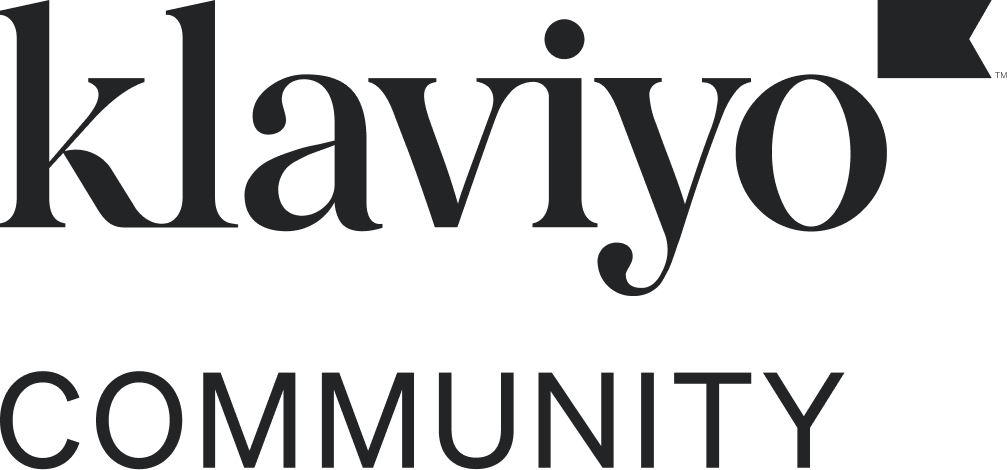Klaviyo automatically applies the necessary SPF (sender policy framework) and DKIM (DomainKeys Identified Mail)records when you have a dedicated sending domain set up for your account. When the CNAME records are added to your DNS, a subdomain is created and delegated over to Klaviyo to control and make use of. At this point, Klaviyo automatically adds the necessary SPF/DKIM records to set your account up to send emails using your own dedicated domain. On your end, you only need to add the prescribed CNAMEs; no records are required.
For additional resources, you can learn How to Set up a Dedicated Sending Domain in this article.





![[Academy] SMS Strategy Certificate Forum|alt.badge.img](https://uploads-us-west-2.insided.com/klaviyo-en/attachment/2f867798-26d9-45fd-ada7-3e4271dcb460_thumb.png)
![[Academy] Deliverability Certificate Forum|alt.badge.img](https://uploads-us-west-2.insided.com/klaviyo-en/attachment/505f2253-cde5-4365-98fd-9d894328b3e0_thumb.png)


![[Academy] Klaviyo Product Certificate Forum|alt.badge.img](https://uploads-us-west-2.insided.com/klaviyo-en/attachment/8798a408-1d98-4c3e-9ae8-65091bb58328_thumb.png)




